Raw vs Cooked Dog Food
Welcome to the third and final part of our BARF series!
As we've mentioned in our first blogs, recent years saw a shift in how pet owners approach their dog's diet.
There are concerns about the quality and safety of commercial pet foods.
Thus, many dog owners are turning to other options, like raw and cooked diets.
Still, there are a lot of conflicting information and opinions on both sides.
This makes it challenging to determine which approach is best for your Fluffy Friend.
In today's blog about biologically appropriate raw food, we'll look at raw vs cooked dog food diets.
We're here to help you make the best decision for your doggie!
Click the links below to go to a specific section:
- What’s Raw Food Diet and its risks?
- What’s Cooked Dog Food and its risks?
- Choosing what’s best for my pet
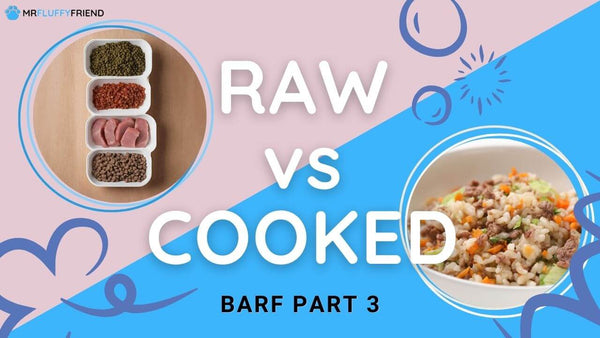
Raw Food Diet:
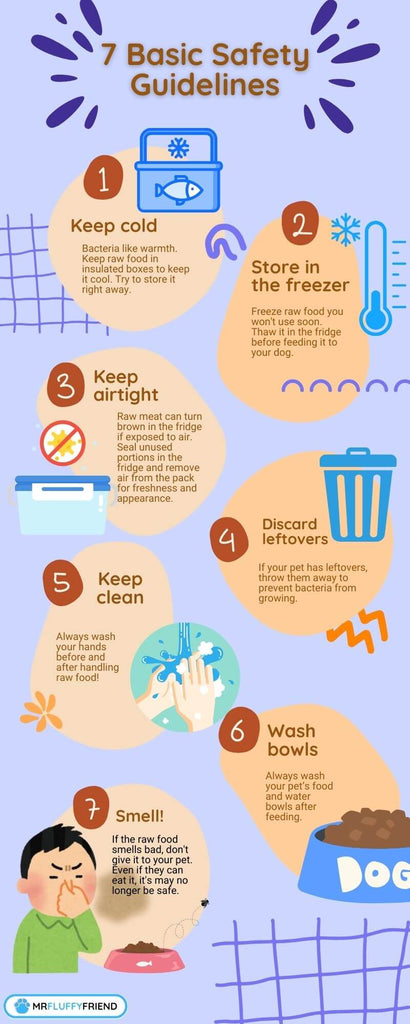
The raw food diet for dogs aims to mimic what wild dogs eat in their natural habitat.
Advocates argue that uncooked meat, bones, and organs provide essential nutrients.
They claim that raw diets can lead to better health.
This includes shinier coats, healthier skin, and improved dental health.
Supporters of raw feeding often highlight the benefits of feeding whole foods.
Additionally, they argue that cooking processes can destroy vital nutrients.
Also, they believe that raw diets can benefit dogs with health conditions.
This goes the same for dogs with sensitive stomachs or compromised immune systems.
The Risks:
- Contamination:
Critics of raw feeding raise concerns about potential health risks.
Raw bones, meat, and organs may contain harmful bacteria like E. coli and Salmonella.
These can pose serious health issues for both dogs and their human family members.
There's also a possibility of cross-contamination which can expose everyone to dangerous pathogens.
This is an issue if pets or young children in the house have compromised immune systems.
- Nutritional imbalances:
If the diet is not planned, it may lack essential nutrients.
A study says nutritional problems are common in homemade and commercial raw diets.
These diets often lack a proper balance of calcium, phosphorus, and essential vitamins.
Homemade diets are prone to these imbalances.
What often happens is that owners simplify recipes, leading to poor diet.
There are case reports of pets developing nutritional diseases from raw feeding.
- Potential GI injury:
Some nutritionists claim that bones in raw foods pose risks.
The risks are tooth fractures, oesophageal, stomach, small intestine, or colon perforations.
Dogs on raw meals might've been safe from bacteria in ancient times.
Yet, in the current state of food processing, cooking is considered vital to remove food contaminants.
For example, in some countries, poultry processors use chlorine solutions to wash chickens.
Cooking the chicken well causes the chlorine to evaporate.
As long as there's no chlorine, the chicken is safe for human consumption.
In essence, feeding your dog uncooked poultry exposes them to chlorine.
Related: Can You Train a Senior Dog
Cooked Dog Food:
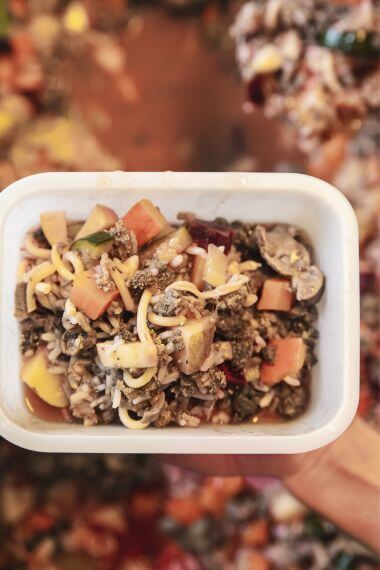
Cooked dog food involves using lower temperatures to prepare meals.
This can get rid of harmful bacteria while retaining essential nutrients.
Baking, boiling, or steaming can help reduce the risk of bacterial contamination.
These cooking methods still provide a nutritious meal for your dog.
Cooked diets offer pet owners the flexibility to include a variety of ingredients.
These include lean meats, vegetables, grains, and fresh fruits.
By choosing ingredients, pet parents can tailor meals to their dog's dietary needs.
Cooked diets can also be the best option for dogs with sensitive digestive systems.
Of course, cooked meals have softer textures, making them excellent for picky eaters.
The Risks:
- Nutrient Loss:
The cooking process can remove heat-sensitive nutrients.
This is true for vitamins, like C and B vitamins, as well as enzymes.
Even so, a balanced diet can still supply the nutrients required for the best health.
- Oxidative Damage:
Cooking at high temperatures can create reactive oxygen species (ROS).
ROS are hazardous substances that damage the food's proteins, fats, and DNA.
They can make the food taste worse and may be bad for health if eaten.
Thus, it's important to cook in ways that produce fewer harmful substances, for example at a lower temperature.
- Dental Health:
Dogs may need more dental care when eating cooked food.
This is because cooked food lacks the same teeth-cleaning properties as a raw food diet.
The good news is that there are dental toys that can help clean your pups teeth.
Related: How Much Raw Food Should Puppies Eat?
The Verdict:
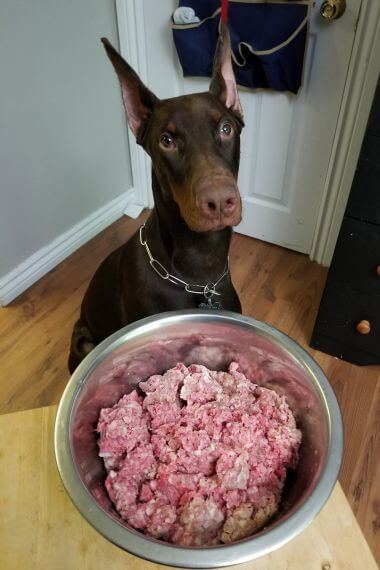
So, which is the best choice for your canine companion: raw or cooked dog food?
The answer depends on factors like your dog's age, health status, and preferred diet.
Consult a veterinary nutritionist to help you choose the best diet for your dog.
While raw diets may offer benefits, they also have health risks.
Cooked diets provide a safer option while adding nutrients to your dog's health.
Related: BARF 101: Biologically Appropriate Raw Foods
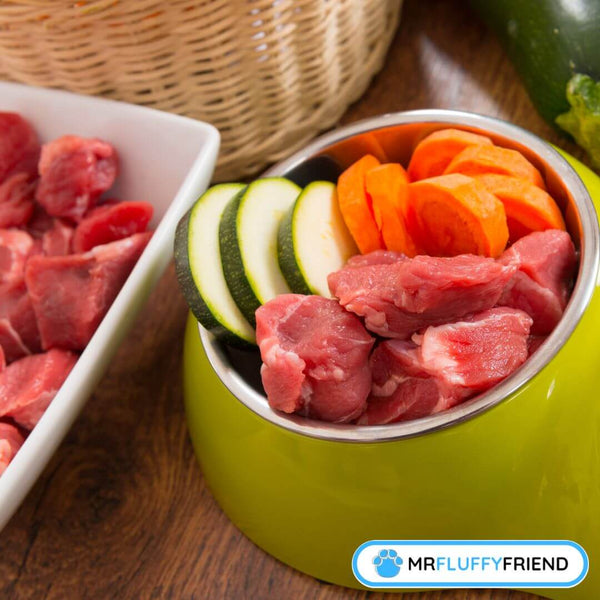
Conclusion
Whether you opt for a raw or cooked diet for your dog, the most important thing is to prioritise their health.
Always select high quality ingredients for your pup.
Follow the proper food safety practices to ensure your dog's well-being.
In the end, there's no one-size-fits-all approach when it comes to feeding your Fluffy Friend.
Whether raw or cooked, supporting your dog's health with real ingredients is vital.
Keep in mind to track your pup's health and adjust their diet as needed.
By offering your dog a balanced and nutritious diet, you can help them live a happy and healthy life by your side.
Looking for some products that could help you out?
Check out our Online Shop!
Here are some useful products in relation to this blog post:
MrFluffyFriend - Teeth Cleaning Dog Balls
